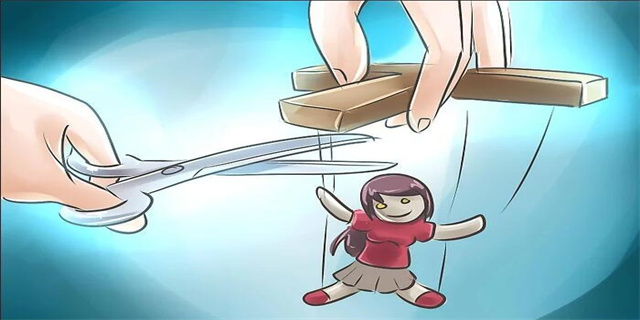最佳答案Harbor Biases: Examining the Unconscious Prejudices of the Harbor Community Harbor biases are not a new concept in the maritime industry. These are the unconsci...
Harbor Biases: Examining the Unconscious Prejudices of the Harbor Community
Harbor biases are not a new concept in the maritime industry. These are the unconscious prejudices, stereotypes, and discriminatory practices that exist within the harbor community. While most harbor workers and management strive to treat everyone equitably, biases continue to impact decision-making, access to training and career advancement, and overall opportunities in the industry.
The Roots of Harbor Biases
The origins of harbor biases can be traced back to the long-standing stereotypical views of certain groups of workers. Many harbor workers come from long family histories of maritime experience, and they may hold onto beliefs about the \"right\" type of harbor worker or the \"typical\" harbor worker that can exclude those who don't fit the mold. Additionally, industries like the fishing industry have traditionally been dominated by males, which can contribute to sexist attitudes towards women in the harbor. Harbor biases can also arise from linguistic and cultural differences. English proficiency is often seen as a requirement in the harbor, which perpetuates a narrow perspective that English-speaking workers are the only effective workers.

The Effects of Harbor Biases
The effects of harbor biases are far-reaching. They can impact access to training and opportunities for career advancement, as well as job security and the ability to secure well-paying positions. Along with limiting opportunities, harbor biases can lead to social stigmatization and harassment. Workers who are actively discriminated against may experience anxiety and depression, which can lead to decreased productivity and an unsafe work environment for all. Additionally, harbor businesses can suffer financially, as consumers become aware of the biases and divert their support to more inclusive businesses.
Addressing Harbor Biases
Addressing harbor biases requires a multilevel approach. First, harbor management and leadership must acknowledge the existence of biases and take steps to educate themselves about them. Training programs should be put in place to help workers understand how biases affect others. In turn, management can work to create a more inclusive work environment by actively promoting diversity through worker recruitment. Finally, engaging with community groups such as universities, non-profits, and grassroots cultural organizations can help create a more harmonious and diverse harbor community.

These are just a few of the ways that harbor biases can be addressed. The point is to take action rather than accept the status quo. By working together to create a more inclusive harbor community, everyone benefits from the diversity of experiences and perspectives.






